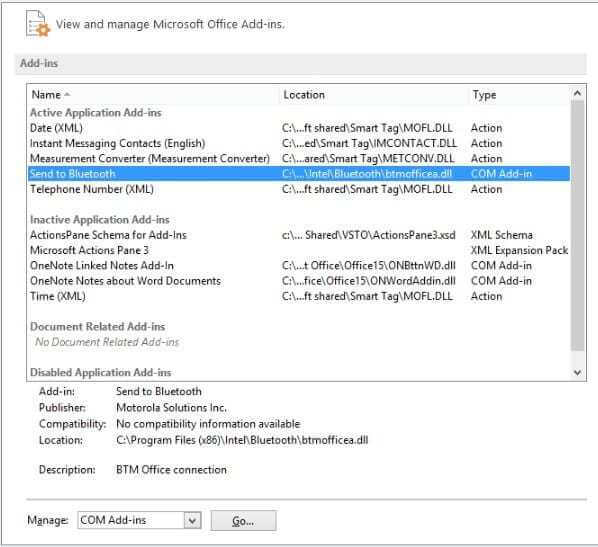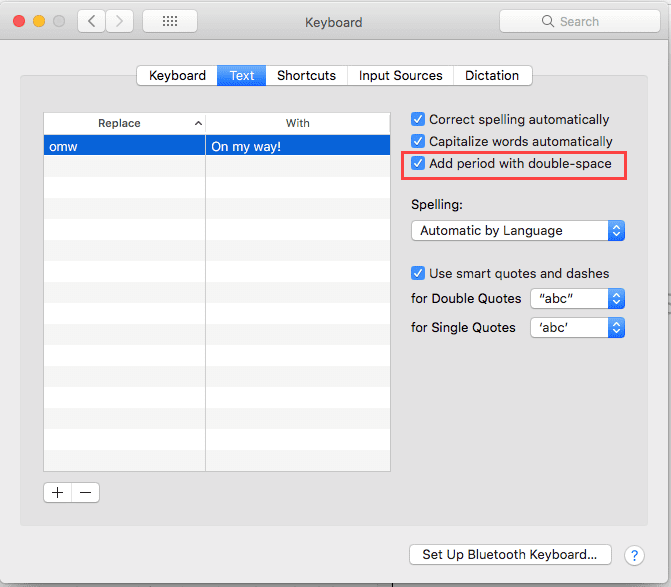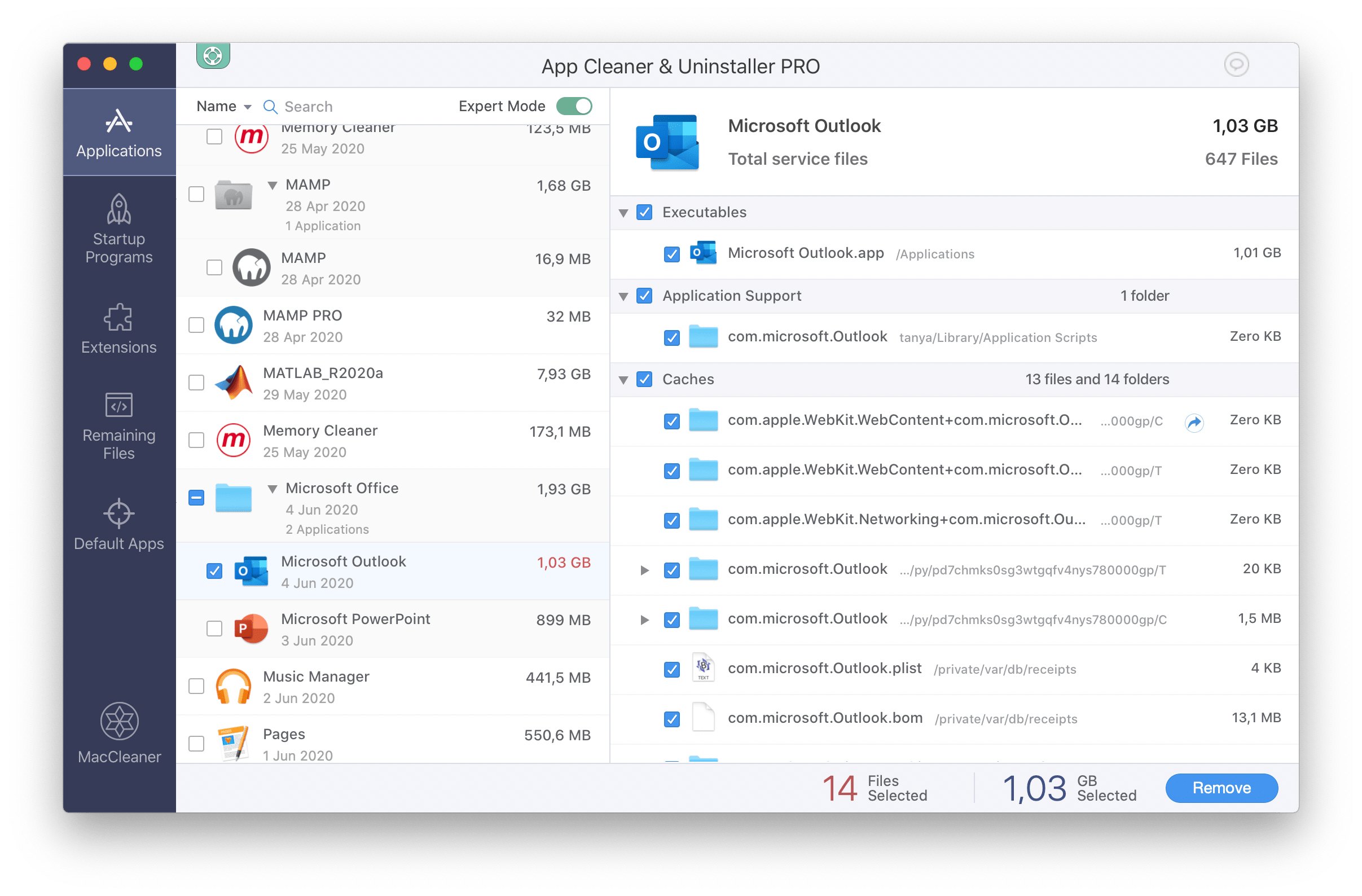

Tip: Double-click an entry to edit the name or address.
#Remove autofil outlook for mac for mac
Outlook for Mac contact lists are stored in a local (“On My Computer”) folder. Open the General category under Personal Settings.


To edit a distribution list and add, remove or change members:
#Remove autofil outlook for mac how to
How to Edit a Distribution List in Outlook for Mac Note: Outlook for Mac will create a new message with the list in the To: or Bcc: field depending on the list’s Use Bcc setting. Tip: You can also click the email icon that appears when you hover the mouse cursor over the lists’s entry. Find and highlight the desired distribution list.Compose and eventually send your group email or newsletter.Īs an alternative, you can send using Outlook for Mac People:.Start typing the name of the distribution list.Go to the Bcc: field in the message header.ĭoes it have to be BCC: You can also use the list in the other address fields, of course unlike the To: and Cc: fields, Bcc: does hide individual recipients and their addresses from each other.Outlook for Mac keyboard shortcut: Press Command Option N to start composing a new message. To send a message to all members of a distribution list in a newsletter-like fashion using Outlook for Mac: How to Send a Group Message to a Distribution List in Outlook for Mac Note: Do save before using the list, or you will use the list without unsaved changes. Save without closing and use the list: You can also press Command S to save the list without closing it so you can immediately use it and set up a meeting or send a message to list members, for instance. Click Save & Close on the ribbon’s List tab.Tip: This setting usually makes little difference in day-to-day use see below for its meaning. Optionally, check Use Bcc to hide member information.Note: You can also add members to list that are not yet contacts or in your auto-complete list see below. Type the recipient’s name in the Name column and select from auto-complete entries.

(The line says Double-click to add contact in the Name column.)Ģ. Double-click in the first empty line in the member’s list. Type a name for the list that lets you recognize it over Untitled List.ġ.New Contact List grayed out: If you cannot access or click New Contact List, see below for enabling contact lists. Using the menu: You can also (and from anywhere in Outlook for Mac) select File | New | Contact List from the menu. Click New Contact List on the ribbon’s Home tab.Outlook for Mac keyboard shortcut: Press Command 3 to go to People directly. To set up a distribution list for mailing groups quickly in Outlook for Mac:


 0 kommentar(er)
0 kommentar(er)
